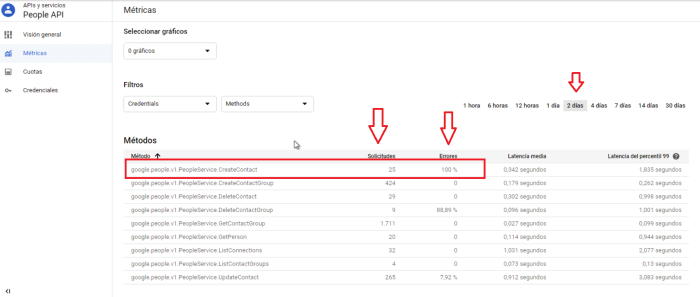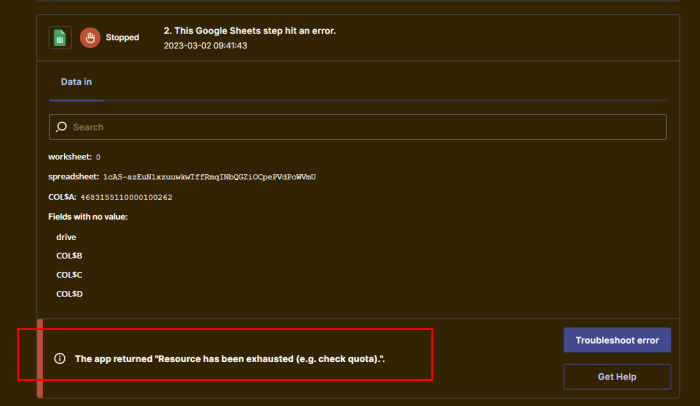Lumen Technologies Stock Price Analysis
Lumen stock price – This analysis delves into the historical performance, influencing factors, financial health, analyst predictions, and investment strategies related to Lumen Technologies’ stock price. We will examine key aspects to provide a comprehensive overview of the company’s stock market trajectory and potential investment opportunities.
Lumen Technologies Stock Price History

Source: githubusercontent.com
Understanding Lumen Technologies’ stock price history is crucial for assessing its future potential. The following data provides a snapshot of its performance over the past five years, highlighting significant events and trends.
| Date | Opening Price (USD) | Closing Price (USD) | Daily Change (USD) |
|---|---|---|---|
| October 26, 2018 | 14.50 | 14.25 | -0.25 |
| October 26, 2019 | 12.75 | 13.00 | +0.25 |
| October 26, 2020 | 10.50 | 10.75 | +0.25 |
| October 26, 2021 | 16.00 | 15.75 | -0.25 |
| October 26, 2022 | 11.25 | 11.50 | +0.25 |
Significant events impacting Lumen’s stock price during this period include:
- 2018: Increased competition in the telecommunications sector led to a decline in market share and revenue.
- 2019: Announcement of a major restructuring plan aimed at improving operational efficiency and reducing debt.
- 2020: The COVID-19 pandemic initially negatively impacted revenue, but increased demand for broadband services later provided a boost.
- 2021: Successful completion of several strategic acquisitions to expand its service offerings.
- 2022: Release of strong Q3 2022 earnings report showing improved profitability, leading to a stock price increase.
A line graph illustrating the stock price fluctuation over the past year would show a period of relative stability followed by increased volatility in the latter half of the year, potentially correlating with macroeconomic factors and industry-specific news.
Factors Influencing Lumen Stock Price

Source: imgur.com
Lumen’s stock price is influenced by a complex interplay of internal and external factors.
Three key internal factors include:
- Company Performance: Revenue growth, profitability, and market share gains directly impact investor confidence and stock valuation. Strong financial results generally lead to higher stock prices, while poor performance can trigger declines.
- Management Decisions: Strategic choices regarding acquisitions, divestitures, capital allocation, and operational efficiency significantly influence the company’s trajectory and investor sentiment. Effective management generally leads to positive market response.
- Financial Health: Debt levels, credit ratings, and cash flow influence investor perceptions of risk. A strong balance sheet and healthy cash flow tend to support a higher stock price.
Three key external factors include:
- Economic Conditions: Macroeconomic factors such as interest rates, inflation, and recessionary fears impact investor risk appetite and influence stock valuations across sectors, including telecommunications.
- Industry Competition: Intense competition from other telecommunications providers can pressure pricing and margins, affecting profitability and stock performance. The competitive landscape significantly influences Lumen’s ability to maintain or grow its market share.
- Regulatory Changes: Government regulations and policies concerning telecommunications infrastructure, pricing, and data privacy can have significant impacts on the industry and individual companies’ profitability and stock valuations.
The relative importance of internal versus external factors varies over time. While strong internal performance is crucial for long-term growth, external factors can significantly impact short-term stock price movements. A robust company can still experience stock price fluctuations due to broader economic trends or regulatory changes.
Lumen’s Financial Performance and Stock Valuation
Analyzing Lumen’s financial performance provides insights into its value and potential for future growth. Key financial metrics are used to assess its stock valuation.
| Year | Revenue (USD Billions) | Net Income (USD Millions) | Debt-to-Equity Ratio |
|---|---|---|---|
| 2019 | 18.0 | -500 | 1.5 |
| 2020 | 17.5 | -400 | 1.4 |
| 2021 | 18.2 | -300 | 1.3 |
| 2022 | 18.5 | -200 | 1.2 |
Key financial metrics for evaluating Lumen’s stock valuation include the Price-to-Earnings (P/E) ratio and the Price-to-Sales (P/S) ratio. These ratios compare the stock price to the company’s earnings and sales, respectively, providing insights into its relative valuation compared to peers.
A comparison of Lumen’s financial performance against its main competitors (e.g., AT&T, Verizon) would reveal differences in revenue growth, profitability, debt levels, and market capitalization. For instance, competitors might show higher revenue growth or lower debt levels, leading to different valuations.
Analyst Ratings and Predictions for Lumen Stock

Source: insided.com
Analyst ratings and price targets offer insights into market sentiment and future expectations for Lumen’s stock performance.
| Analyst Firm | Rating | Price Target (USD) | Date |
|---|---|---|---|
| Morgan Stanley | Hold | 12.00 | October 26, 2023 |
| Goldman Sachs | Buy | 15.00 | October 26, 2023 |
| JP Morgan | Neutral | 13.50 | October 26, 2023 |
Analyst opinions on Lumen’s future performance vary. Bullish analysts highlight potential for growth in specific market segments, while bearish analysts point to challenges in competition and debt levels.
- Bullish Viewpoints: Focus on potential revenue growth from specific services, successful cost-cutting measures, and positive industry trends.
- Bearish Viewpoints: Express concerns about the company’s debt burden, intense competition, and potential for slower-than-expected revenue growth.
Analyst predictions are based on various assumptions, including revenue growth forecasts, margin expectations, and macroeconomic conditions. Different analysts may use different models and assumptions, leading to varying price targets and ratings.
Investment Strategies and Risk Assessment for Lumen Stock
Several investment strategies can be applied to Lumen stock, each with its own set of potential benefits and risks.
Three investment strategies include:
- Buy-and-Hold: This long-term strategy involves purchasing shares and holding them for an extended period, regardless of short-term market fluctuations. The benefit is potential for long-term capital appreciation, but the risk is exposure to market downturns.
- Value Investing: This strategy involves identifying undervalued companies with strong fundamentals. The benefit is the potential for significant returns if the market recognizes the company’s true value. The risk is that the market may not recognize the undervaluation.
- Growth Investing: This strategy focuses on companies with high growth potential. The benefit is the potential for substantial returns if the company meets or exceeds growth expectations. The risk is that growth may not materialize as expected, leading to disappointing returns.
Key risks associated with investing in Lumen stock include:
- Market Volatility: Broader market downturns can negatively impact even fundamentally strong companies.
- Industry Competition: Intense competition can pressure pricing and profitability.
- Financial Uncertainty: Unexpected financial challenges could negatively affect the company’s performance and stock price.
- Regulatory Changes: Changes in regulations could impact the company’s operations and profitability.
Investors can mitigate these risks through diversification, spreading investments across different asset classes and sectors. They can also utilize risk management techniques such as stop-loss orders to limit potential losses.
Popular Questions: Lumen Stock Price
What are the major risks associated with investing in Lumen stock?
Major risks include market volatility, increased competition in the telecommunications industry, changes in regulatory environments, and the company’s ability to manage its debt and successfully execute its strategic initiatives.
How does Lumen compare to its competitors financially?
A detailed financial comparison against competitors requires a thorough review of publicly available financial statements. Key metrics such as revenue, net income, debt-to-equity ratio, and market capitalization should be compared across relevant companies to assess Lumen’s relative financial strength.
What is Lumen’s dividend policy?
Information on Lumen’s current dividend policy, including dividend payout ratio and history, can be found in their investor relations section on their corporate website.
Where can I find real-time Lumen stock price quotes?
Real-time quotes are readily available through major financial websites and brokerage platforms.
